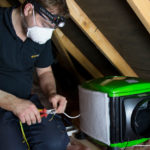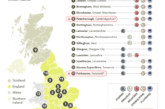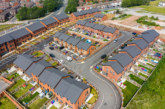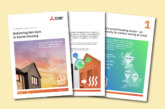James Kane, Regional Sales Manager – Social Housing at EnviroVent, looks at the results of the recent English Housing Survey, which demonstrate why indoor air quality should be a priority for local authorities.
The recently released English Housing Survey (2021 to 2022) revealed that damp continues to be a serious problem for around 935,000 tenanted homes in England. The survey showed that those living in rented properties, either social housing or private, were most likely to be living with ‘damp’ — condensation and mould growth, and/or rising and penetrating damp, which was found to affect 4% of properties.
In the English Housing Survey, a home is considered to have damp if it is significant enough to be taken into consideration when making their HHSRS (Housing Health & Safety Rating System) assessments. Condensation and mould can be a major problem — caused by water vapour from activities like cooking and bathing that condenses on cold surfaces like windows and walls. Only serious levels of condensation or mould are considered a problem in this report, such as where there are extensive patches of mould growth on walls and ceilings and/or mildew on soft furnishings.
Condensation and mould growth are caused by normal everyday activities that generate humidity. A family of four will contribute approximately four pints of water per person per day into the atmosphere, which is equal to over 100 pints of water vapour generated per week. This creates high levels of humidity if internal air is not replaced adequately through ventilation.
If ventilation is not improved at the same time as energy efficiency upgrades are carried out, moisture gets trapped and condensation forms, which can lead to mould growth. This becomes a serious problem the longer it is left.
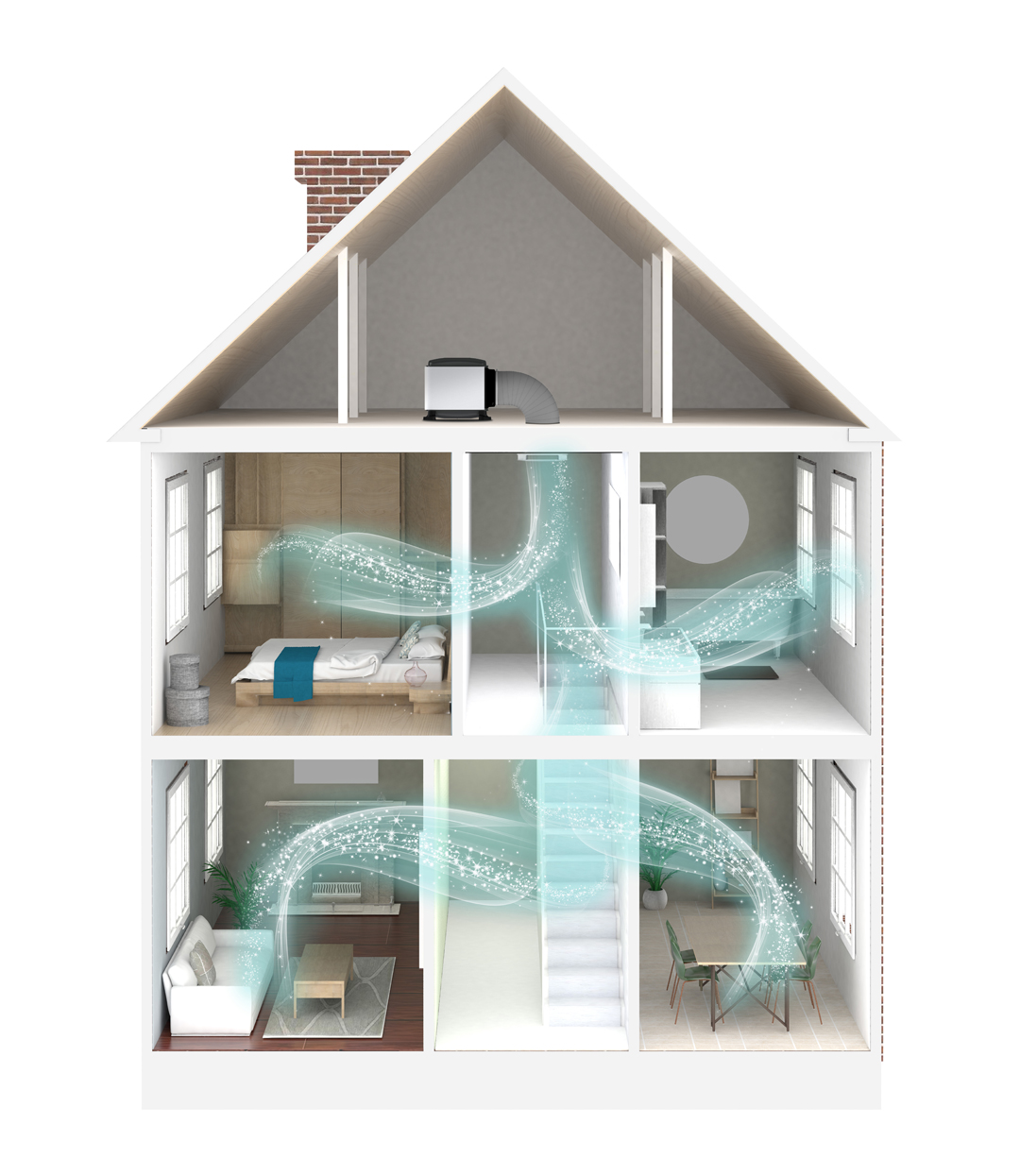 Survey results
Survey results
The English Housing Survey found that damp continued to be much more of a problem in the oldest homes (i.e. those built before 1919) — with 10% of these found to have damp. It was also reported that homes built before 1965 had a higher likelihood of damp than those built after this period, and that damp was most prevalent amongst converted flats than in bungalows, semi-detached or detached homes.
A strong link was found between the energy efficiency of the home and its overall housing quality. The least energy-efficient homes were more likely to fall below the Decent Homes Standard and to suffer Category 1 hazards or damp. There is continued emphasis by local authorities on improving the energy efficiency of their housing stock to lessen the impact of rising energy costs. For new and renovated homes, the Government has set out increased requirements for airtightness through updated Building Regulations Approved Document L (conservation of fuel and power) in June 2022.
There were also updates to Approved Document F regulations, which introduced a significant increase in the whole dwelling ventilation rate to deal with the issue of homes with increasing airtightness.
Rising energy costs
Living with condensation and mould growth can lead to respiratory issues, such as asthma, plus a range of other health conditions. There are many ways that ventilation issues can be solved, for example by retrofitting a PIV (Positive Input Ventilation) system. EnviroVent’s ATMOS range is proven to eradicate problems with high humidity and improve indoor air quality. PIV creates a fresh, healthy and condensation-free environment by drawing in a constant supply of fresh filtered air into the home through the loft space.
The English Housing Survey highlighted how condensation and mould are still an issue in the UK housing stock. During the colder months, they continue to be challenging for many tenants and a burden for local authority maintenance teams to deal with. There is therefore a very real need to address this by retrofitting mechanical ventilation systems, which improve air quality and provide long-term solutions.
For more information on ventilation solutions from EnviroVent or to book onto a Condensation Training workshop, visit: https://www.envirovent.com/sectors/councils-and-housing-associations/
Header image: EnviroVent Atmos PIV installation


